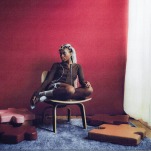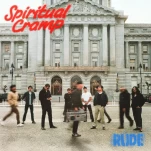Shania Twain Tapped into Marketable ’90s Feminism with The Woman in Me
With the Riot Grrrl movement winding down and palatable empowerment in the mainstream, Shania Twain's The Woman in Me arrived at the perfect time when it was released 30 years ago.
Photo by Beth Gwinn / Getty
While Shania Twain’s self-titled album was her first studio release, The Woman in Me—which turns 30 today—is her true debut as an artist. It’s on this album, from the boot-stomping cheekiness of “Whose Bed Have Your Boots Been Under?” to the arresting vulnerability of “The Woman in Me (Needs the Man in You),” that she claims her rightful place as the Queen of Country Pop.
The record Shania Twain was largely penned by other people, and she ceded this creative control because she had to “pay [her] dues” at the label, as she recalled in a 2020 retrospective interview on her YouTube channel. But when we got to hear Shania, the real Shania, raw and unfiltered and ready to blow your 10-gallon hat off with her songs, the public fell in love. The Woman in Me was written by Twain and her producer (also then-husband) Mutt Lange, who’s known for working with AC/DC (including Highway to Hell), The Boomtown Rats, Def Leppard and more. In short—he wasn’t afraid to go big with the sound, and she was more than ready to have her voice be heard. The album propelled Twain to stardom and has been certified Platinum a dozen times, due in no small part to her fiery songs (complemented by softer tracks) landing at the perfect moment in the mid-’90s.
-

-

-

-

-

-

-

-

-

-

-

-

-

-

-

-

-

-

-

-

-

-

-

-

-

-

-

-

-

-

-

-

-

-

-

-

-

-

-

-








































